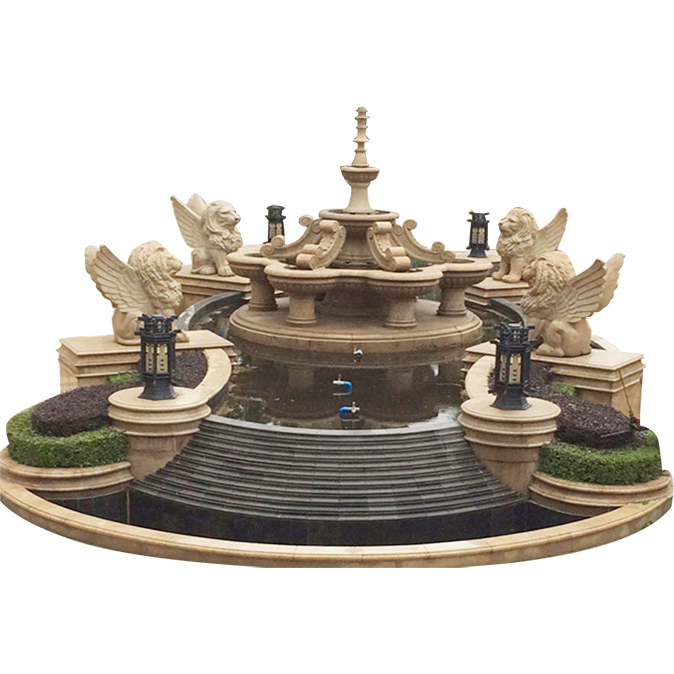
- English
- Español
- Português
- русский
- Français
- 日本語
- Deutsch
- tiếng Việt
- Italiano
- Nederlands
- ภาษาไทย
- Polski
- 한국어
- Svenska
- magyar
- Malay
- বাংলা ভাষার
- Dansk
- Suomi
- हिन्दी
- Pilipino
- Türkçe
- Gaeilge
- العربية
- Indonesia
- Norsk
- تمل
- český
- ελληνικά
- український
- Javanese
- فارسی
- தமிழ்
- తెలుగు
- नेपाली
- Burmese
- български
- ລາວ
- Latine
- Қазақша
- Euskal
- Azərbaycan
- Slovenský jazyk
- Македонски
- Lietuvos
- Eesti Keel
- Română
- Slovenski
- मराठी
- Srpski језик
What categories can the planning of garden landscape sculptures be roughly divided into?
2024-02-21
The design and planning of garden landscape sculptures involves various factors such as surrounding buildings, water systems, green spaces, and culture. If the garden landscape planning is like a train, then the garden sculpture is the link connecting the two carriages. In the garden, it can not only describe the characteristics of the entire garden, but also clarify the cultural theme. It can connect the previous and the following, making the landscapes independent but connected with each other. According to different concepts of garden landscape, the types of sculptures planned are also different. So what categories can the sculptures used in garden landscapes be roughly divided into?

1. Sculptures with a commemorative theme generally have a grand design and a distinctive theme. Generally speaking, they occupy an important position in the garden or landscape. This type of sculpture mostly occupies a dominant position in the environment where it is located, and plays a guiding role in the atmosphere of the surrounding environment. It mainly focuses on revolutionary themes and major events.
2. Iconic sculptures can promote the spirit of the times and are iconic and symbolic. This type of garden sculpture reflects the aspirations and development trends of the times to a certain extent, as well as the pursuit and spiritual outlook of the public. Using symbols and allegorical methods to reveal the theme of the garden environment or urban culture is rich in creative ideas.
3. Architectural decorative sculptures, supporting decorative shapes in and on the main building complex, and building structural facades together constitute the spatial art landscape of the garden.
4. Environmental sculptures. Sculptures used in environments such as scenic spots and development zones are also an important part of urban sculptures and have a certain degree of artistry. Such sculptures usually have the characteristics of embellishment, decoration, lyricism and inspiration.
5. Religious sculptures are generally used in temples, Taoist temples, and churches where crowds of people gather. They are one of the ways to reflect religious beliefs and education, such as Buddhist temples, Taoist palaces, Christian churches, etc.



